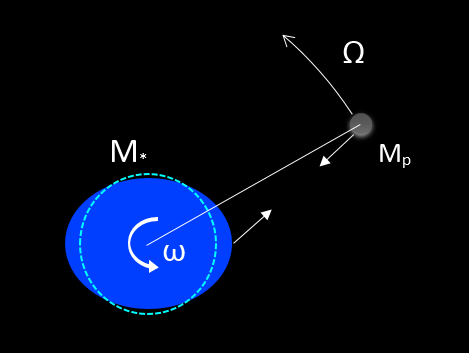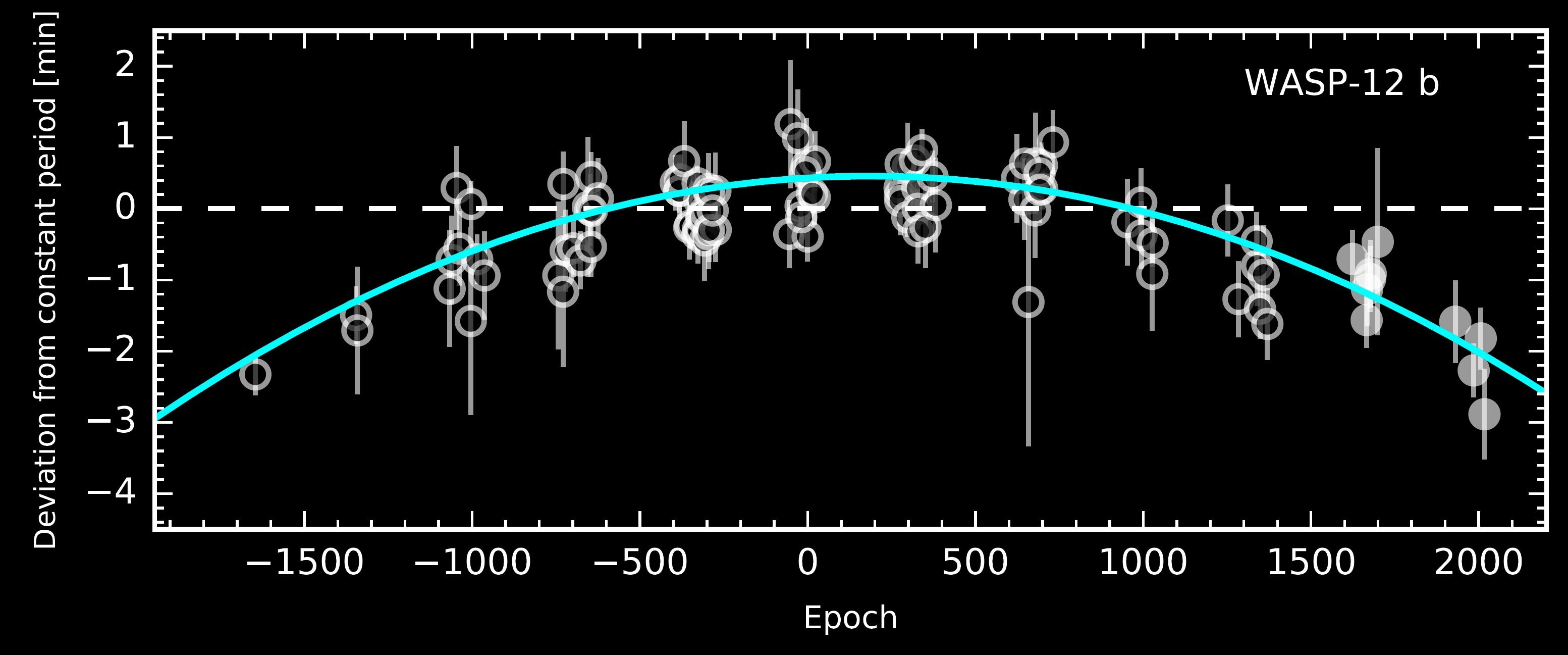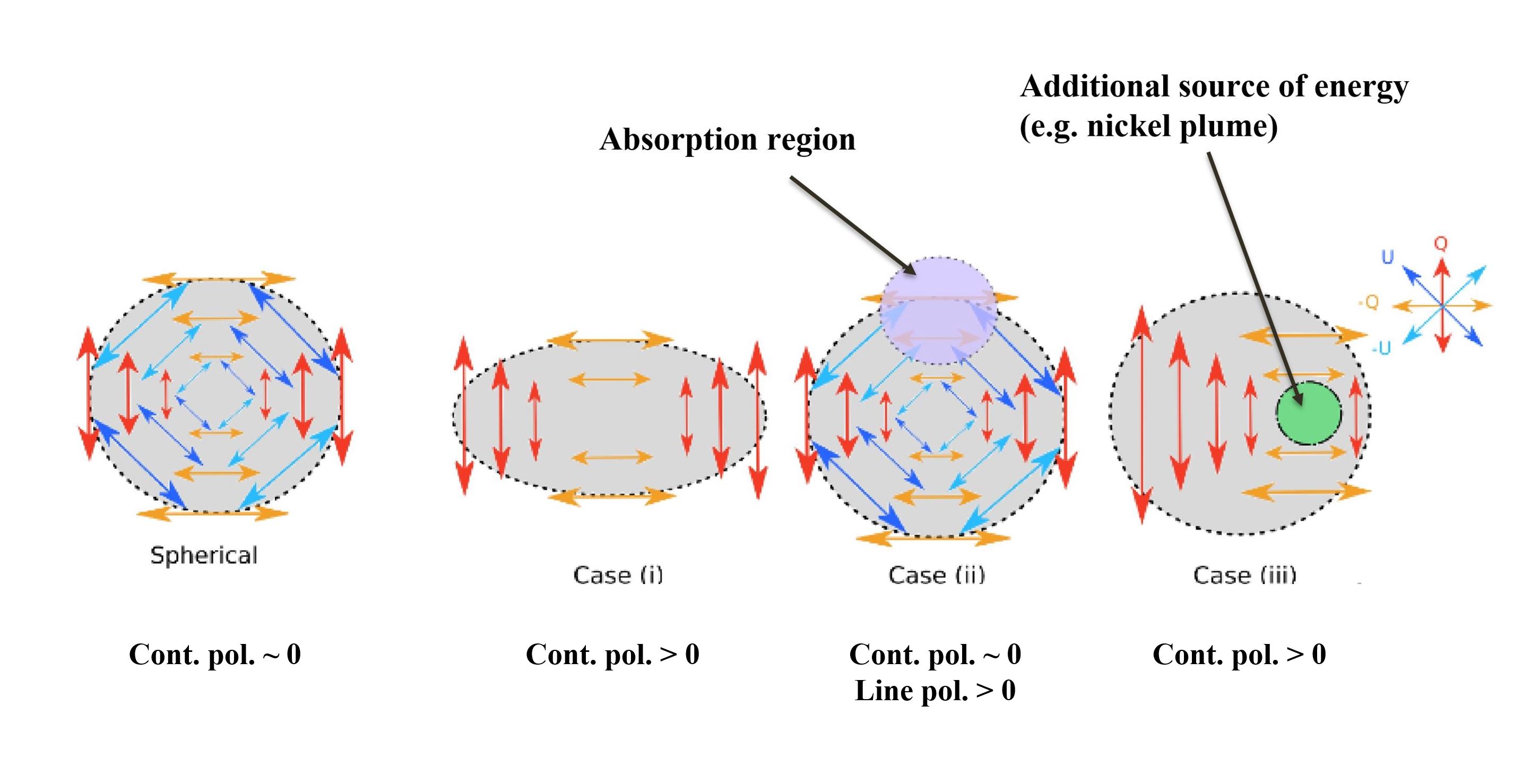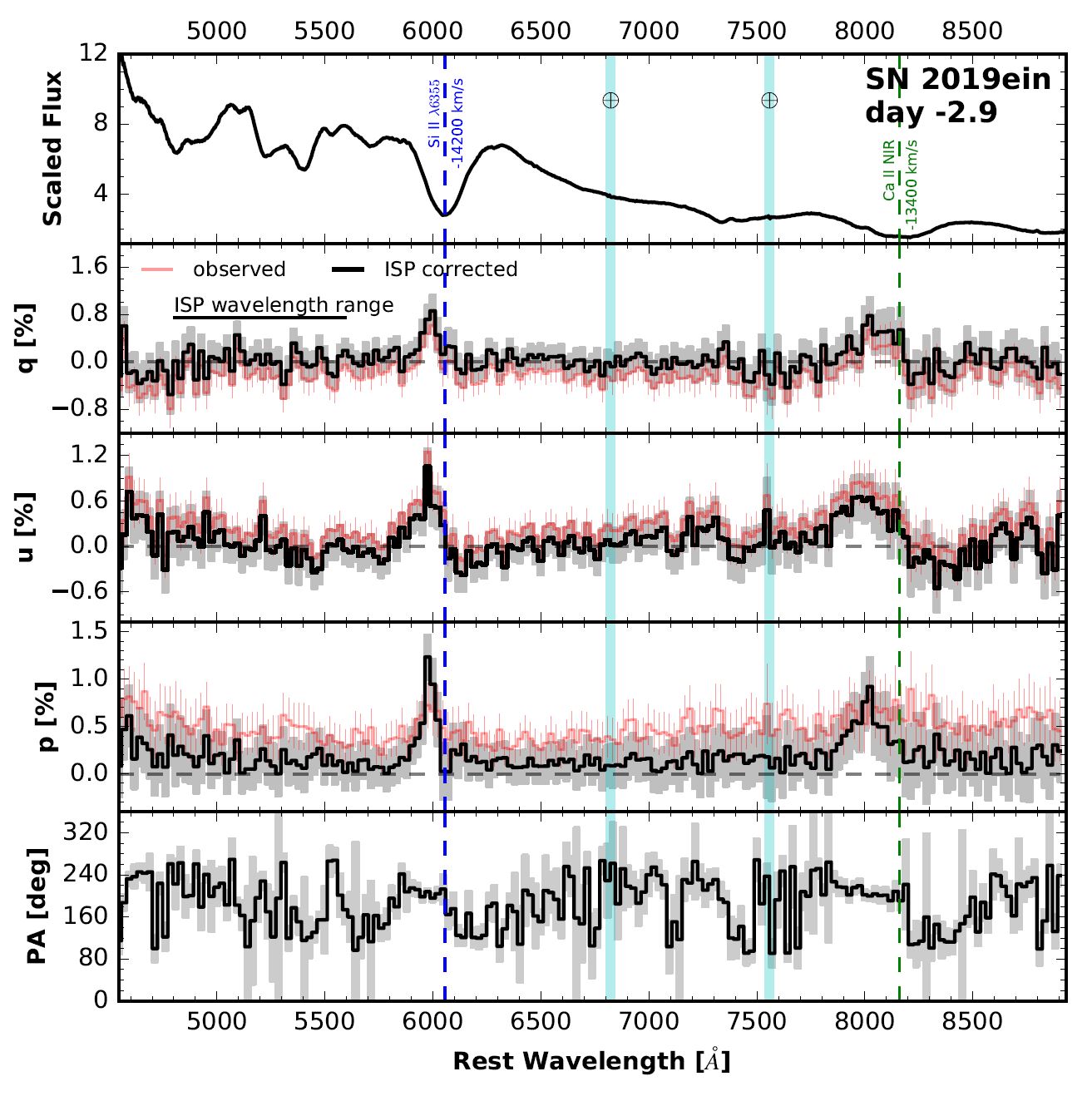Off-nuclear tidal disruption events
Occasionally, a star wanders too close to a supermassive black hole (SMBH) and is torn apart by the black hole’s powerful tidal forces. About half of the star’s material remains trapped in elongated orbits around the SMBH and gradually falls inward, forming a hot, swirling accretion disk that slowly feeds the SMBH. This dramatic process, known as a tidal disruption event (TDE), produces a luminous flare that can be seen across the electromagnetic spectrum.
Traditionally, TDEs are found at the centers of galaxies, where SMBHs normally reside. But recently, astronomers have begun to discover TDEs occurring far from galactic centers, revealing the presence of “wandering” SMBHs. Simulations suggest that these wandering black holes are common, often the result of galaxy mergers, gravitational-wave recoil kicks, or complex three-body interactions. Yet they remain invisible until they disrupt an unlucky star. How these black holes encounter stars at all is a fascinating puzzle, since the odds of a random interaction are tiny, implying that many may carry a dense cluster of stars (nuclear star cluster; NSC) with them. Offset TDEs also provide a rare opportunity to study how accretion disks form and evolve in cleaner environments, free from the contaminating glare of bright galactic centers.
Recently, we studied the first optically discovered off-nuclear TDE, AT 2024tvd, using the James Webb Space Telescope and the Keck Observatory. We found evidence for a massive NSC surrounding the wandering MBH, thereby linking a TDE to an NSC for the first time and confirming the long-standing theoretical idea that NSCs supply the stars ultimately disrupted in TDEs.
Why is the MBH offset from the galactic center? The presence of an NSC, along with other observations—–such as the absence of stellar disturbances or large-scale tidal features—–supports the hypothesis that the MBH was brought into the host galaxy through a minor merger with a smaller galaxy that contained its own MBH and possibly an NSC. Over time, the outer stars of the merging galaxy would have been stripped away and mixed with the host, leaving behind only the dense stellar core surrounding the MBH.
Relevant Publications
X-ray quasi-periodic eruptions
Quasi-periodic eruptions (QPEs) are a newly discovered phenomenon displaying repeating soft X-ray bursts every few hours up to a day. The origins of QPEs are poorly understood, although most theoretical explanations invoke an accretion disk around a supermassive black hole (SMBH). The gas and stellar environments in the galactic nuclei of these sources are also poorly constrained.
By analyzing Hubble Space Telescope (HST) images of the first-ever discovered QPE source GSN 069, we found strong evidence for a compact, nuclear [O III] emission region of size ≲ 35 pc. We deduced that the age of the accretion system was between 10 and 100 years, and inferred that the dense gas in the nuclear regions of GSN 069 originates from molecular clouds freshly ionized by the soft X-ray photons from the accretion disk. These findings provide evidence that a compact accretion disk (as opposed to a large AGN-like disk) is responsible for the origin of QPEs. Such small disks could result from stellar interactions with the SMBH (e.g. tidal disruption events).
Relevant Publications
Spectropolarimetry (specpol)
Supernova explosions
Extragalactic supernovae (SNe) are spatially unresolvable, even with the best ground-based interferometers. For example, the most powerful ground-based interferometer, the Event Horizon Telescope, can currently achieve a resolution of ∼60 μas. For comparison, the minimum resolution required to study the geometry of a nearby SN, for instance 3 Mpc away, would be ∼10 μas. Spectropolarimetry (specpol), which measures polarization as a function of wavelength, provides a unique approach to studying SN explosion geometry and structure.
Shown above are some examples of SN geometries and the type of polarization signal expected from them. If the sky-projected SN photosphere is circularly symmetric, electric vectors cancel out, resulting in zero net polarization. On the other hand, if the photosphere deviates from circular symmetry, the cancellation is imperfect, leading to a nonzero polarization in the spectral continuum. If newly synthesized material blocks parts of the photosphere (e.g., Si, Ca), incomplete cancellation of electric vectors manifests as a polarization signal (line polarization) at the specific wavelengths absorbed by the material.
My current goals are to constrain the progenitor systems and explosion mechanisms that lead to Type Ia supernovae. Specpol studies have demonstrated that these explosions have remarkably spherical ejecta. Si II and Ca II absorption lines are often highly polarized (~1%) in these SNe, indicating high asymmetry in the spatial distribution of intermediate-mass elements synthesized in SNe Ia. By studying the spectropolarimetry of enough SNe Ia, we hope to differentiate between the various theoretical models for these explosions. The figure below displays the polarization signal of the high-velocity Type Ia SN 2019ein.
Tidal disruption events (TDEs)
TDEs were originally expected to be extreme-ultraviolet (UV) and X-ray emitters. However, many of them show bright near-UV/optical emission with luminosities much higher than in the X-ray band, igniting a long-standing controversy about the origin of the optical emission and the apparent absence of X-rays. Two broad classes of solutions have been proposed:
(i) the accretion disk does produce ample X-ray emission, but it is reprocessed by an optically thick gas layer located far beyond the tidal radius; and
(ii) instead of accretion, TDEs are powered by shocks resulting from stream collisions in the outer regions of a highly eccentric disk.
One way to distinguish between these models is to study the geometry of the gas around the black hole.
I led a spectropolarimetric study of the TDE known as AT 2019qiz, which provided the first direct constraint on the distribution of gas around a black hole after stellar disruption. We found that the polarization was consistent with zero percent at maximum brightness and only modestly higher (∼1%) a month later. These observations indicate a nearly spherical wind outflow that enshrouds the accretion flow at optical maximum, favoring the reprocessing-layer model.
Relevant Publications
Orbital decay of hot Jupiters
The orbits of many hot Jupiters are expected to shrink slowly due to tidal interactions between the planet and its host star. A hot Jupiter completes one orbit around its host star in ~1 day, whereas the star spins on its axis on a timescale of several tens of days. Consequently, the tidal bulge lags slightly behind the orbiting planet, tugging back on it, sapping angular momentum from the orbit, and transferring it to the stellar spin. Below is an illustration of the lagging tidal bulge.

The efficiency with which the tidal bulge dissipates orbital energy as heat is characterized by the tidal quality factor Q*. It has proven difficult to calculate Q* from first principles, with predicted values spanning several orders of magnitude (105–109).
My undergraduate work at MIT led to the first direct detection of the decaying orbit of the hot Jupiter WASP-12b. By measuring mid-transit times of this planet and combining them with historical data spanning over a decade, my team and I showed that this planet is slowly spiraling inward at a rate of ~30 ms per year. Initially, we were unsure whether the apparent decrease in orbital period was due to tidal effects or a segment of an apsidally precessing orbit. Continued monitoring has now unequivocally confirmed that WASP-12b is on a collision course with its host star and will merge with it in roughly 3 Myr.

The goal now is to understand what factors affect the rate of tidal orbital decay. What is so special about WASP-12b that it is decaying while other similar hot Jupiters are not?
Relevant Publications

